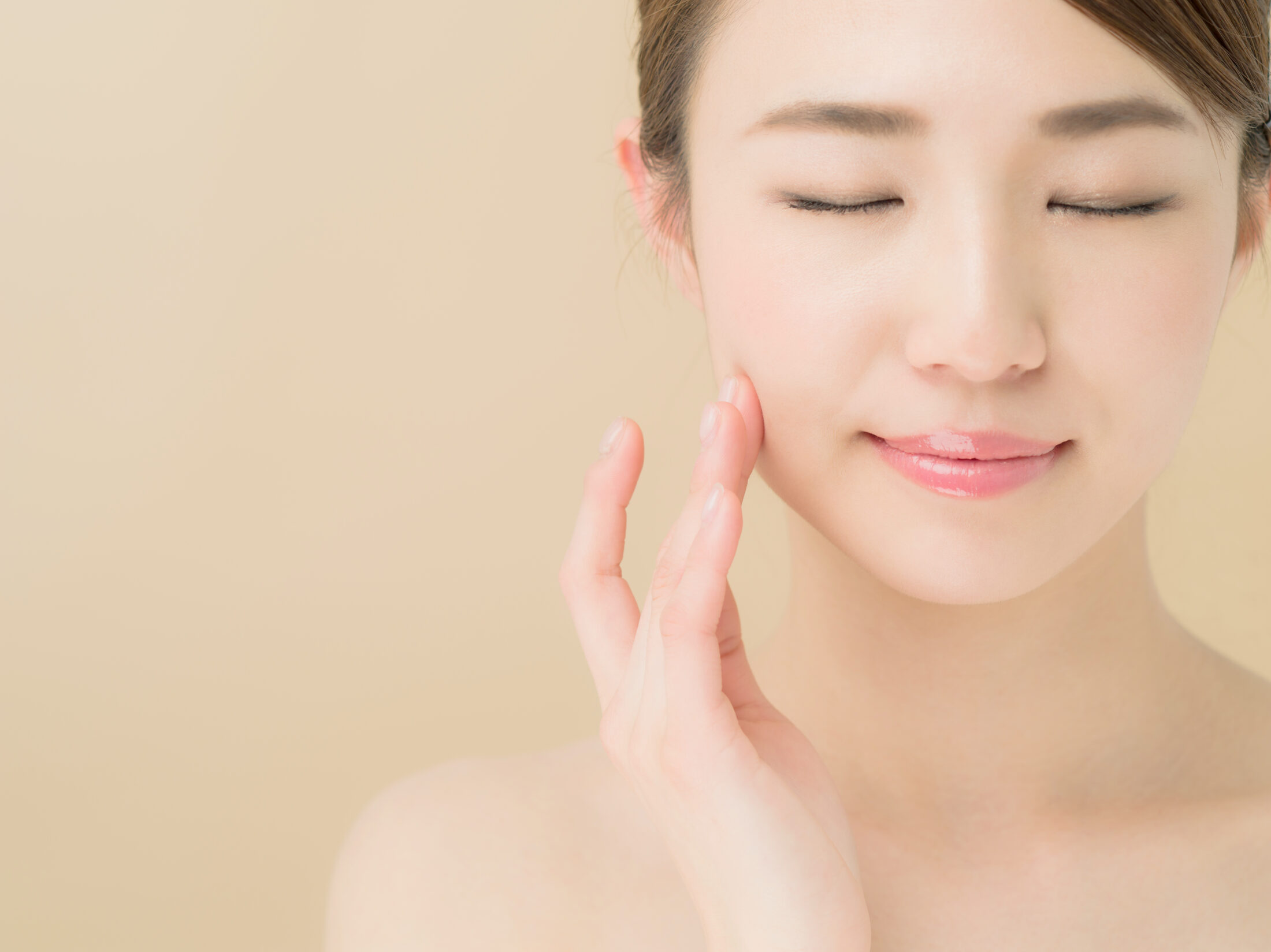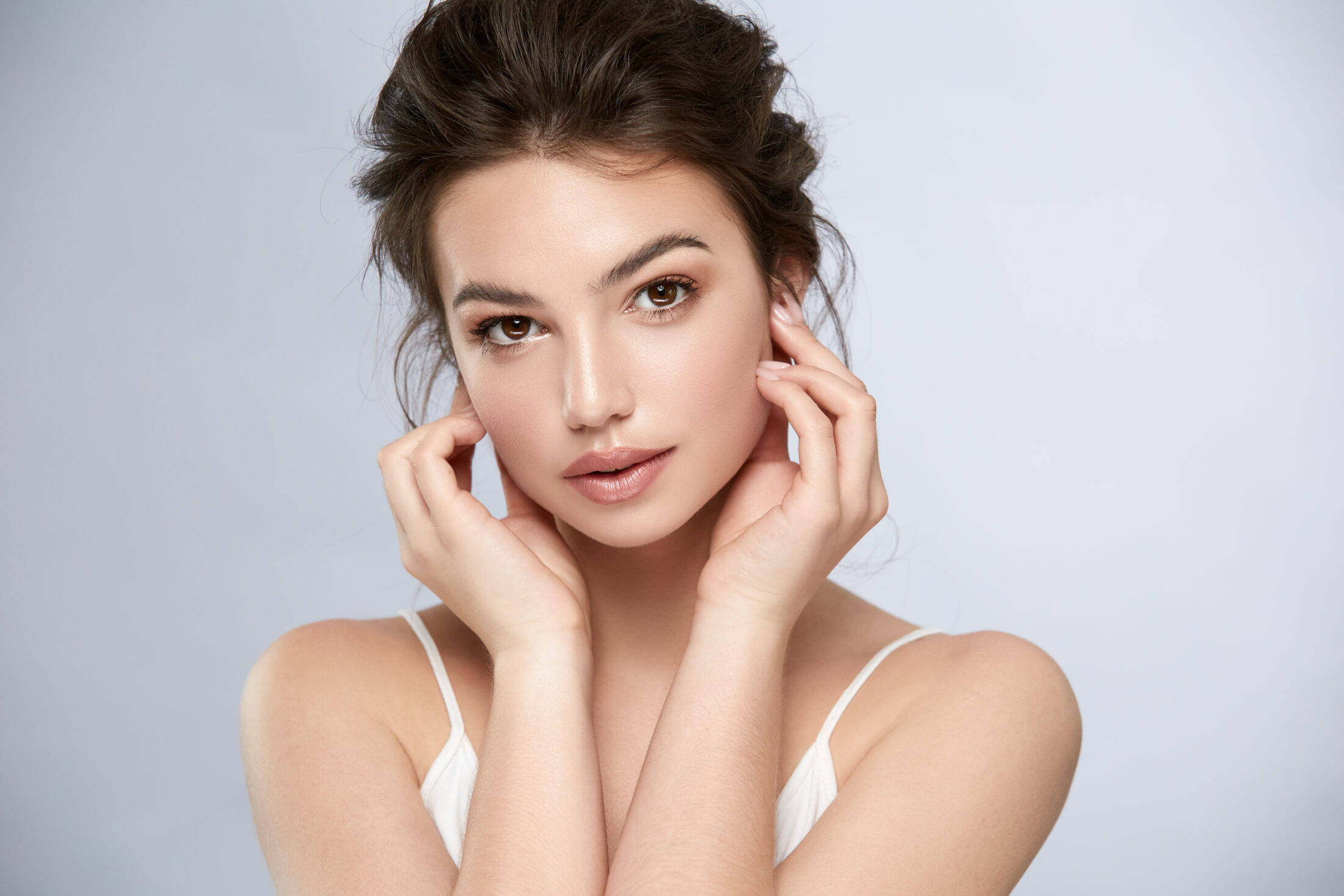
Radiant Skin Awaits
Rosacea is an inflammatory skin condition that affects facial skin. It is distinguished by frequent flushing, redness, and sometimes pimple-like bumps on the nose and cheeks. The condition can get worse without treatment and is often mistaken for a skin allergy, eczema, or acne.
Rosacea is more common among light-skinned patients and affects approximately one in twenty Americans. Although there is no cure and its causes are not completely understood, there are several treatments that can relieve symptoms and improve quality of life.
Although lifestyle changes and a proper diet may have a positive effect on decreasing symptoms, a board-certified dermatologist is the best path for finding consistent relief.
Rosacea Facts: Risk Factors, Symptoms, and Types
While rosacea tends to be more common in those of Celtic and Northern European descent, no specific causative gene has been found. Science suggests that the immune system in patients with rosacea produces too much inflammation in the skin in response to normal environmental conditions – such as mild irritation of the skin, normal sun exposure or regular microorganisms that usually live on the skin unnoticed. Additionally, ingested items that cause the skin to feel warm and flush – such as alcohol, caffeine, or spicy foods, can trigger a flare. That said, the root cause of this skin condition is not completely understood.
The most common features are a constant “pinkish-ness” of the cheeks, with occasional bright red flushing. Approximately 14 million Americans deal with this condition, making it exceedingly common, but also easily treatable with help from a qualified specialist. There is more than one type of rosacea, including:
- Erythematotelangiectatic rosacea: visible blood vessels, flushing, and facial redness
- Papulopustular rosacea: acne or pimple-like red bumps, persistent redness
- Phymatous rosacea: redness, fluid retention, swelling and thickness, especially of the nose
- Ocular rosacea: affects the eyes

Before & After Photos
Explore our before and after gallery to witness the remarkable transformations that have left our clients feeling more confident and beautiful than ever. From subtle enhancements to dramatic makeovers, our gallery showcases the artistry of transformation.
Symptoms
In addion to the four typical indicators of rosacea – persistent redness, occasional flushing, acne-like bumps and red prominent blood vessels, signs can include any and all of the following:
- Sensitivity of the skin around the eyes
- Thickened skin in certain areas
- Bumpy skin texture
- Plaques (raised patches of skin)
- Inflamed pores
- Overly oily skin and acne-like breakouts
- Dry flaky skin
- Skin which burns and stings
- Sensitive skin
- Painful skin which swells
- Spider veins
- Facial redness around the nose and cheeks
Rosacea Treatment in Naperville, Hinsdale and Burr Ridge
Although there is no cure, there are different treatments that can alleviate symptoms and visible signs of the condition. Combined efforts of lifestyle changes and medical treatment offer the most effective results. We may prescribe creams designed to mask the blemishes or medications to reduce the inflammation. He’ll also walk through the highest yield lifestyle changes that would benefit you.
Medications
Roseasea treatment may involve a combination of oral medication and prescribed topical therapies.
- Topical medications: These can be effective in reducing redness, bumps and inflammation with daily application. Azelaic acid, metronidazole, Soolantra (ivermectin) and Mirvaso (brimonidine) are common topical medications prescribed for treatment.
- Oral antibiotics: These medications typically provide quicker results than topical creams, but can be used simultaneously. Some patients benefit from a low-dose approach instead of full strength medication. They include tetracycline, minocycline, and doxycycline. For occular rosacea, tetracyclines may also improve photosensitivity, blurred vision, itching, and dryness.
- Accutane (Isotretinoin): Prescription of this oral medication is for severe cases of inflammatory rosacea when other treatments are not effective. Accutane is a powerful drug that constrains the sebaceous glands’ oil production. Patients on accutane will need close monitoring to ensure safety and wellness.
Laser Treatment
Telangiectasia (visible blood vessels) and general redness of the face can be reduced by laser skin treatment. We use different lasers, including intense pulsed light (IPL) and ND:YAG lasers, which shrink the size and visibility of blood vessels. Temporary redness may occur for a couple days after treatment.
Treating the “rosacea nose” (rhinophyma)
Rhinophyma – or the thicker, textured changes of the nose from rosacea – has special considerations in treatment. The medications used tend to be different, with the pill isotretinoin being one that can prevent progression, and various surgical interventions can be very helpful as well. The thickness of the nose can be removed with dermaplaning or dermabrasion – two special techniques that help contour the nose.
Rosacea FAQs
A range of medical conditions are more likely in people affected by rosacea. Depression is nearly five times higher, and anxiety is associated. Cardiovascular disease is more common, including heart disease, high cholesterol, high blood pressure and diabetes. Other associated conditions include migraines, rheumatoid arthritis, Helicobacter pylori infection, ulcerative colitis and dementia.
Rosacea is not an infection but, in some people, regular organisms on the skin may be in higher concentration and flare the condition. One example is Demodex folliculorum, a common mite that lives on the skin that we cannot see by the naked eye. Studies have shown that in just under half of patients with rosacea, Demodex counts can be 5-6 times higher than normal. Certain creams or washes, like topical ivermectin, can kill off these mites and is helpful in treating rosacea. It’s important to note Demodex is not a harmful organism to the body in itself, but recognizing these relationships gives us more treatment options to help achieve clear skin.
Rosacea is not a short-term issue but a chronic disorder which falls into remission and relapse. Studies indicate previously diagnosed patients have active rosacea after a decade. Although there is no cure, controlling symptoms and prevention of recurrent symptoms is possible.
